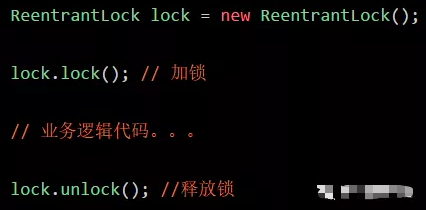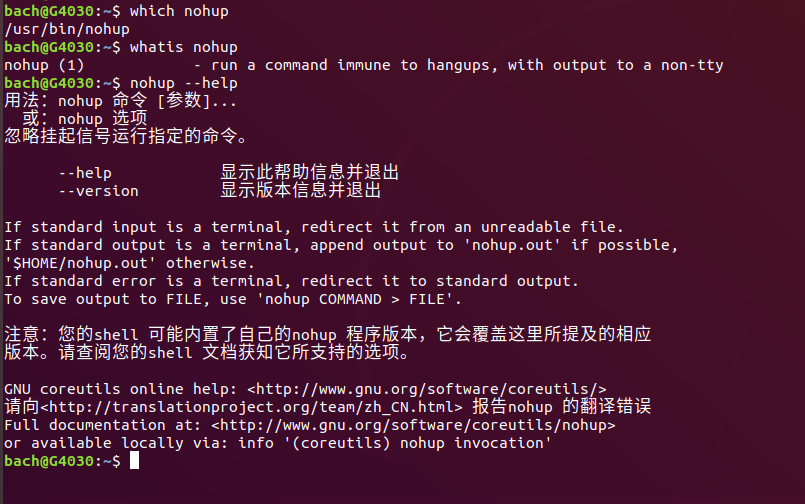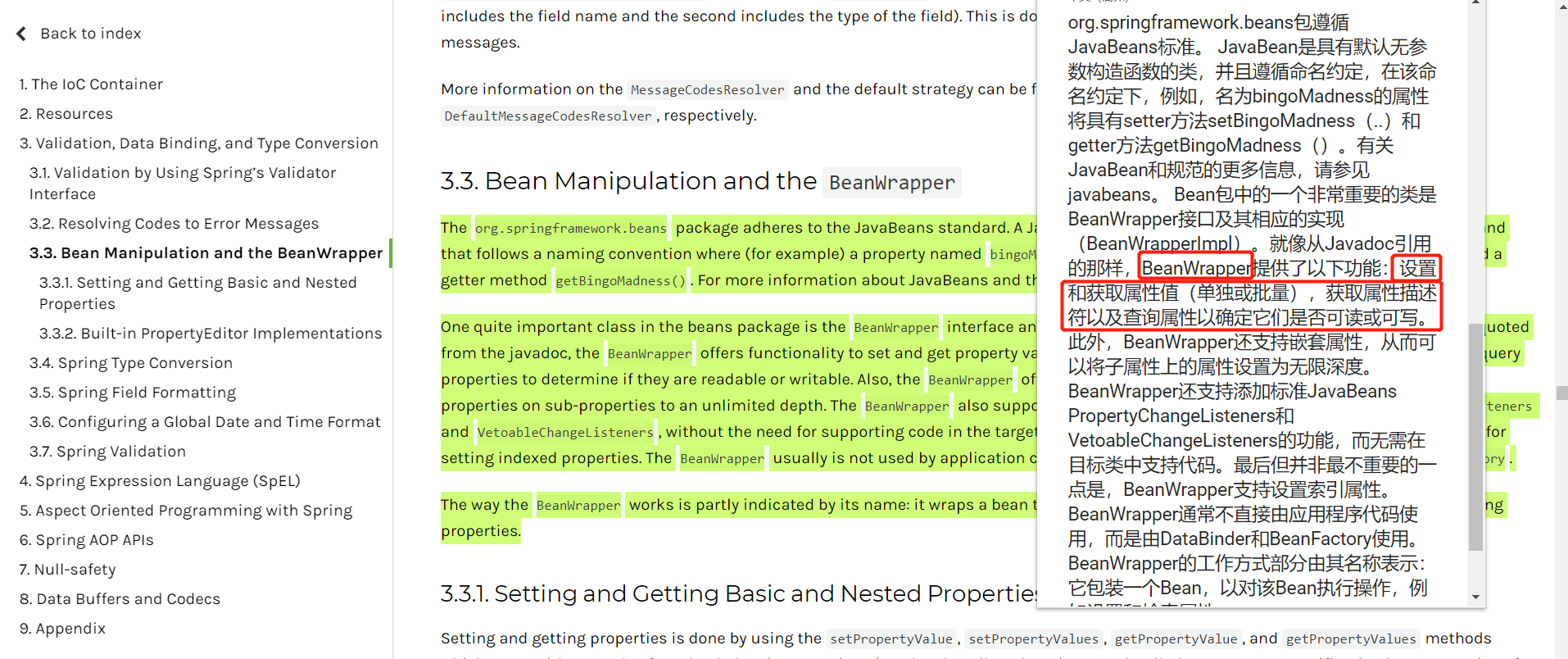STL源码剖析——STL函数对象
前言
在STL中,函数对象也是比较重要的,有时候可以限定STL算法的行为,例如在前面介绍的《STL算法剖析》中,每个算法基本上都提供了两个操作版本,其中就有一个版本允许用户指定函数对象,这样可以根据用户的需要对算法进行操作。函数对象是一种具有函数特质的对象,所以可以作为算法的参数。本文介绍的函数对象比较简单,是基于一元或者二元操作结构的算术类函数对象、关系运算类函数对象、逻辑运算类函数对象。在定义函数对象时,为了使其具有函数行为,则必须重载operator()操作符。本文源码出自SGI STL中的
函数对象源码剖析
_STL_BEGIN_NAMESPACE//一元操作结构定义template <class _Arg, class _Result>struct unary_function {typedef _Arg argument_type;//参数类型typedef _Result result_type;//返回结果类型};//二元操作结构定义template <class _Arg1, class _Arg2, class _Result>struct binary_function {typedef _Arg1 first_argument_type;//参数一类型typedef _Arg2 second_argument_type;//参数二类型typedef _Result result_type;//返回结果类型};//以下是二元操作算术函数对象,继承二元操作binary_function的结构/*加法操作plus<T>,减法操作minus<T>,乘法操作multiplies<T>,除法操作divides<T>,取模运算modulus<T>,*/template <class _Tp>struct plus : public binary_function<_Tp,_Tp,_Tp> {_Tp operator()(const _Tp& __x, const _Tp& __y) const { return __x + __y; }};template <class _Tp>struct minus : public binary_function<_Tp,_Tp,_Tp> {_Tp operator()(const _Tp& __x, const _Tp& __y) const { return __x - __y; }};template <class _Tp>struct multiplies : public binary_function<_Tp,_Tp,_Tp> {_Tp operator()(const _Tp& __x, const _Tp& __y) const { return __x * __y; }};template <class _Tp>struct divides : public binary_function<_Tp,_Tp,_Tp> {_Tp operator()(const _Tp& __x, const _Tp& __y) const { return __x / __y; }};template <class _Tp>struct modulus : public binary_function<_Tp,_Tp,_Tp>{_Tp operator()(const _Tp& __x, const _Tp& __y) const { return __x % __y; }};//一元操作,继承一元操作unary_function结构//负值操作negate<T>template <class _Tp>struct negate : public unary_function<_Tp,_Tp>{_Tp operator()(const _Tp& __x) const { return -__x; }};// identity_element (not part of the C++ standard).//证同元素://以下只提供的两种证同元素//加法:任何元素加上0结果都为自身//乘法:任何元素乘以1结果都为自身template <class _Tp> inline _Tp identity_element(plus<_Tp>) {return _Tp(0);}template <class _Tp> inline _Tp identity_element(multiplies<_Tp>) {return _Tp(1);}//以下是二元操作关系函数对象,继承二元操作的结构/*返回值的类型是bool型别equal_to,not_equal_to,greater,less,greater_equal,less_equal,*/template <class _Tp>struct equal_to : public binary_function<_Tp,_Tp,bool>{bool operator()(const _Tp& __x, const _Tp& __y) const { return __x == __y; }};template <class _Tp>struct not_equal_to : public binary_function<_Tp,_Tp,bool>{bool operator()(const _Tp& __x, const _Tp& __y) const { return __x != __y; }};template <class _Tp>struct greater : public binary_function<_Tp,_Tp,bool>{bool operator()(const _Tp& __x, const _Tp& __y) const { return __x > __y; }};template <class _Tp>struct less : public binary_function<_Tp,_Tp,bool>{bool operator()(const _Tp& __x, const _Tp& __y) const { return __x < __y; }};template <class _Tp>struct greater_equal : public binary_function<_Tp,_Tp,bool>{bool operator()(const _Tp& __x, const _Tp& __y) const { return __x >= __y; }};template <class _Tp>struct less_equal : public binary_function<_Tp,_Tp,bool>{bool operator()(const _Tp& __x, const _Tp& __y) const { return __x <= __y; }};//以下是二元操作逻辑函数对象,继承二元操作的结构/*其中logical_not为一元操作函数logical_and,logical_or,logical_not*/template <class _Tp>struct logical_and : public binary_function<_Tp,_Tp,bool>{bool operator()(const _Tp& __x, const _Tp& __y) const { return __x && __y; }};template <class _Tp>struct logical_or : public binary_function<_Tp,_Tp,bool>{bool operator()(const _Tp& __x, const _Tp& __y) const { return __x || __y; }};template <class _Tp>struct logical_not : public unary_function<_Tp,bool>{bool operator()(const _Tp& __x) const { return !__x; }};// identity is an extensions: it is not part of the standard.//证同函数//任何数值通过此函数后,不会有任何修改。所以返回值类型为const引用template <class _Tp>struct _Identity : public unary_function<_Tp,_Tp> {const _Tp& operator()(const _Tp& __x) const { return __x; }};template <class _Tp> struct identity : public _Identity<_Tp> {};// select1st and select2nd are extensions: they are not part of the standard.//选择函数//版本一:选择pair元素的第一个参数,忽略第二个参数template <class _Pair>struct _Select1st : public unary_function<_Pair, typename _Pair::first_type> {const typename _Pair::first_type& operator()(const _Pair& __x) const {return __x.first;}};//版本二:选择pair元素的第二个参数,忽略第一个参数template <class _Pair>struct _Select2nd : public unary_function<_Pair, typename _Pair::second_type>{const typename _Pair::second_type& operator()(const _Pair& __x) const {return __x.second;}};template <class _Pair> struct select1st : public _Select1st<_Pair> {};template <class _Pair> struct select2nd : public _Select2nd<_Pair> {};// project1st and project2nd are extensions: they are not part of the standard//投射函数//版本一:投射出第一个参数,忽略第二个参数template <class _Arg1, class _Arg2>struct _Project1st : public binary_function<_Arg1, _Arg2, _Arg1> {_Arg1 operator()(const _Arg1& __x, const _Arg2&) const { return __x; }};//版本二:投射出第二个参数,忽略第一个参数template <class _Arg1, class _Arg2>struct _Project2nd : public binary_function<_Arg1, _Arg2, _Arg2> {_Arg2 operator()(const _Arg1&, const _Arg2& __y) const { return __y; }};template <class _Arg1, class _Arg2>struct project1st : public _Project1st<_Arg1, _Arg2> {};template <class _Arg1, class _Arg2>struct project2nd : public _Project2nd<_Arg1, _Arg2> {};
参考资料:
《STL源码剖析》侯捷



































还没有评论,来说两句吧...